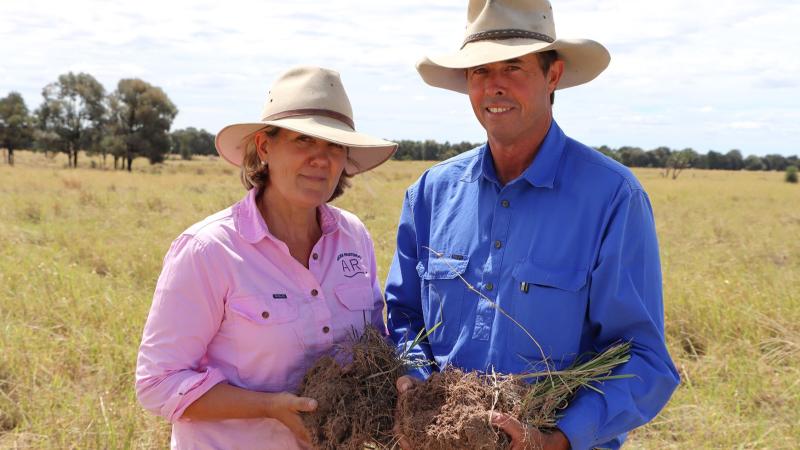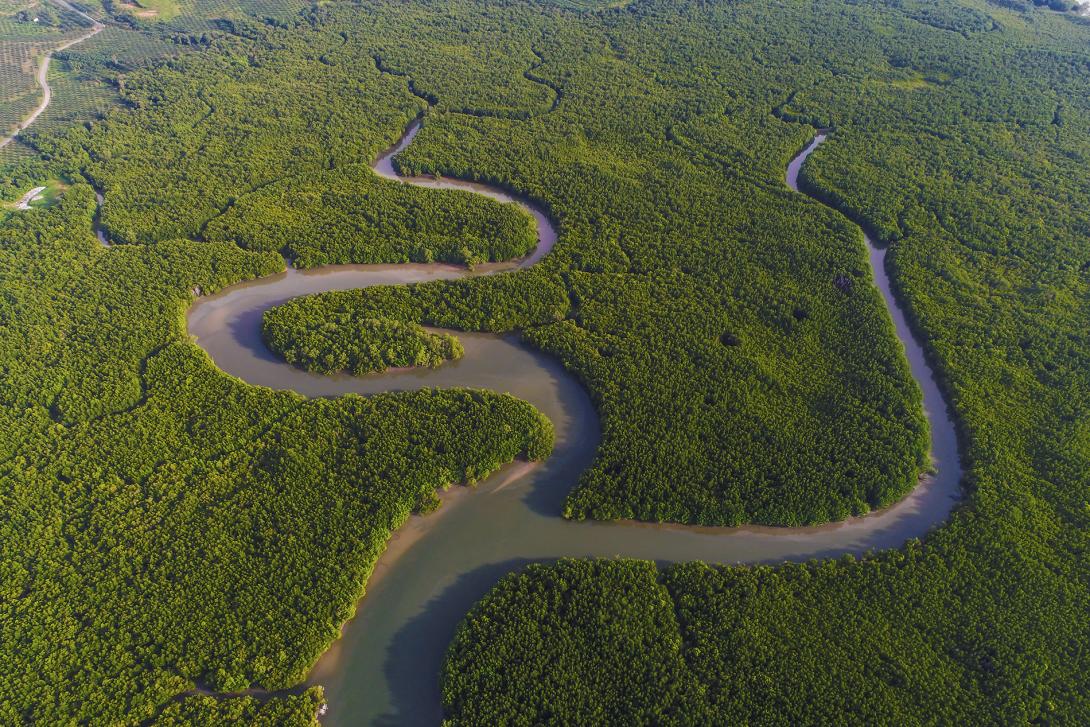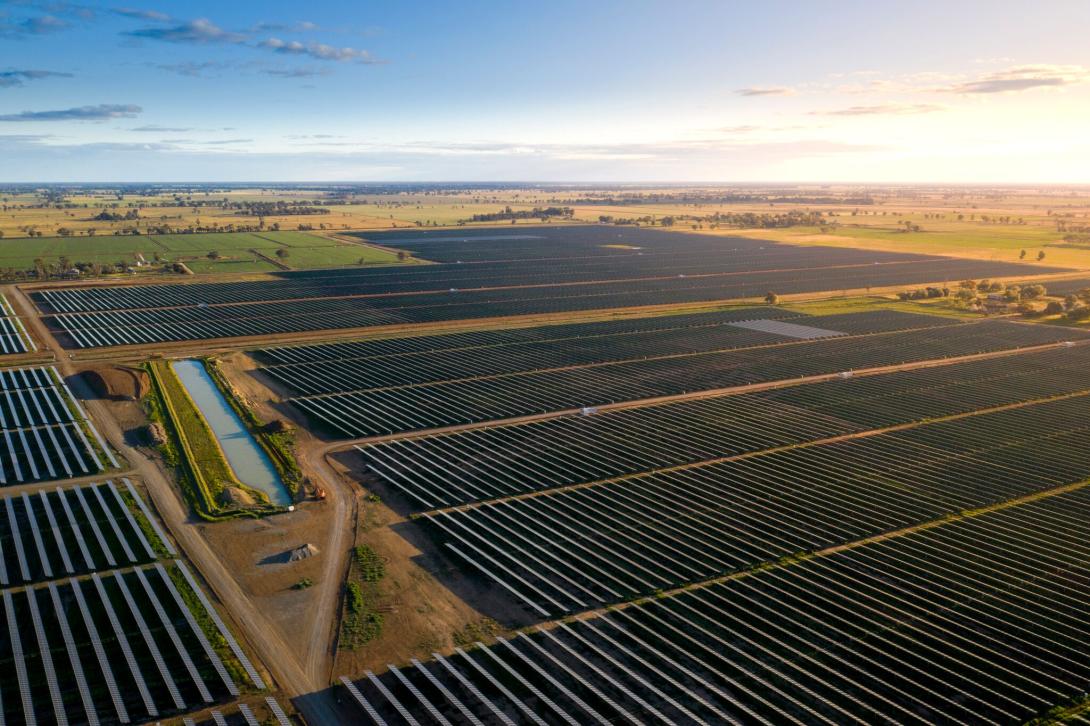Our case studies
Our case studies show how our work impacts and helps Australia.
Watch or read our case studies below.
Regeneration projects delivering genuine carbon abatement
The Australian Carbon Credit Unit (ACCU) Scheme’s robust compliance framework, including independent audits and gateway reviews, ensures only genuine carbon abatement is credited.
This 4-part series showcases how landholders are using Australia’s carbon market to diversify their revenue by storing carbon in vegetation, with verified human-induced regeneration projects demonstrating integrity and impact.
Biodiversity
Restoring and protecting nature in Australia
Crop farmers Holly and Luke planted native species on land that couldn’t be cropped. This is improving the area's biodiversity and crop pollination. The project shows what could be achieved through the Nature Repair Market scheme.
Emissions reduction
Mugga Lane landfill tipped to be getting greener
Replanting critically endangered woodland on Murrumbateman homestead
Traditional Indigenous savanna burning practices in Kakadu National Park
Arnhem Land Fire Abatement
Arnhem Land Fire Abatement (ALFA) is the world's first savanna fire abatement project. It benefits the environment, culture, society and the economy.
Traditional knowledge and modern science combine to reduce emissions
Fighting fire with fire
The Nyaliga Aboriginal Corporation uses traditional Indigenous knowledge to reduce wildfires, earn carbon credits, and empower communities.
Soil carbon
Learn more about the requirements and risks of the 2021 soil carbon method and whether you're eligible to run an ACCU Scheme project on your property.

Beef cattle herd management
Australian cattle producers are adopting eco-friendly practices to cut their emissions.
Olsen’s Farm
Niels and Marja Olsen, pioneers in soil carbon, earned the first Australian carbon credits for increasing soil organic carbon in West Gippsland, VIC.
Farming soil carbon: a second crop
Binginbar Farm in NSW is increasing soil carbon levels to combat overgrazing and restore the land.
Brindingabba Station
The Fisher's earned carbon credits from improved land management practices resulting in native tree regrowth, returned groundcover and additional income.
OneFortyOne Plantations
This pine forest plantation project at OneFortyOne created a long rotation harvest to boost soil health and earn carbon credits.
Ploughshare
The Reed family restored their unproductive bushland to its natural ecosystem. It's now fully vegetated and producing carbon credits.
Renewable energy
Renewables companies moving with the times: Badgingarra Wind Farm
The Badgingarra Wind Farm in Western Australia powers 115,000 homes, saving 420,000 tonnes of CO2 annually.
Help available for not-for-profits to switch to renewable energy
Merriwa Industries in Wangaratta, VIC, has reduced its energy use by using solar power and plans to be fully renewable in 2024.
Australia’s largest retailer serving fresh, green power
Woolworths Group has realised the benefits of commercial scale solar and installed its 150th rooftop solar system. The group plans to be net carbon positive by 2025.
Related industries: critical minerals
Australian mining plays a key role in the clean energy transition, supplying critical minerals essential for renewable technologies.
1.5 million solar panels on the horizon
New England Solar near Uralla NSW, will host Australia's largest solar farm and battery storage facility, providing zero emission electricity to 250,000 homes.
Key Canberra partnership developing hydrogen refuelling
Australia's first public hydrogen refuelling station marks a major milestone in the rollout of zero emissions vehicles in the ACT.
New England Solar
Learn more about the New England Solar farm and its benefits to renewable energy generation, grazing sheep and the community.
Redmud Green Energy – the future of Farming
Landowners in the Riverland region of South Australia are integrating renewable energy into their farming practices by turning unused land into solar farms.
Solar power for remote Indigenous communities
Remote Indigenous communities in Australia are adopting solar power to replace diesel generators, reducing costs and carbon emissions.
Hepburn Wind Community Co-operative
Hepburn Wind, Australia's first community-owned wind farm, powers 2000 homes, reducing CO2 emissions by 12,200 tonnes annually.
Combining sheep farming and solar panels at Numurkah
Numurkah Solar Farm in rural Victoria integrates sheep farming with solar energy production which benefits both agriculture and the environment.
Solar power protecting our maritime treasures
Sydney’s Australian Maritime Museum is using solar to power its strict climate control requirements to preserve its precious artefacts.
Innovative technology that saves endangered eagles
Cattle Hill Wind Farm in Tasmania uses cutting-edge technology to protect endangered eagles while generating renewable energy.
Byron Bay solar powered train
Byron Bay introduces the world's first solar-powered train. Leftover solar electricity is fed back into the grid and helps power the community.

